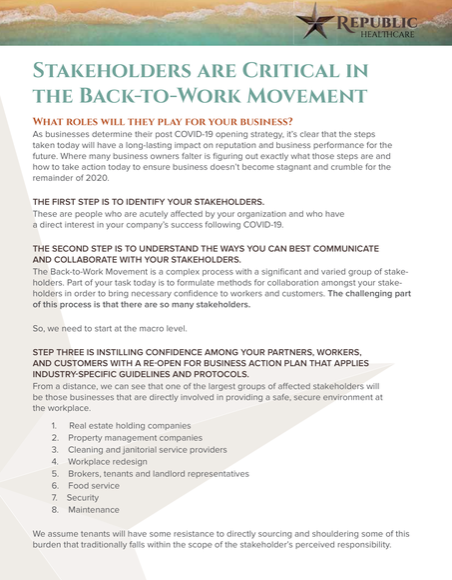Good news on the PPP tax burden from loan forgiveness. The new Stimulus bill passed on December 27, 2020, allows businesses that obtain PPP loan forgiveness to write off the payroll and other expenses authorized under the original PPP loan rules.
What does this mean for your business?
In short, once you obtain loan forgiveness on your PPP loan proceeds, there will be no tax associated with the loan forgiveness assuming you utilized the funds for authorized purposes like payroll and rent. Basically, Congress decided to allow small businesses to not only not have to pay the PPP loan back but also get a tax benefit for all of the expenses that were paid with the PPP money. This legislation has overturned the prior IRS position that we were basically all going to have to pay taxes on the PPP money.
What about the EIDL grant that I received?
The new law basically allows anyone receiving the EIDL grant to disregard the rules regarding setoff for loan forgiveness. Prior to the new Stimulus bill, the EIDL grant ($1000 - $10,000 depending on your number of employees) was supposed to be deducted from the amount of PPP eligible loan forgiveness. The new law eliminates that requirement and no longer ties the EIDL grant to your business’s PPP loan forgiveness amount.
What’s up with the second bite at the apple?
The new law allows for small businesses that can meet certain requirements to obtain an additional PPP loan using the same calculations that were used to obtain the first PPP loan. In a nutshell, you may qualify for the same amount of money as you did in your first PPP if you meet the requirements. Some basic requirements:
You have already used the first PPP loan funds for authorized purposes;
You have 300 or fewer employees;
You have a 25% gross revenue decrease from a quarter in 2019 versus a quarter in 2020 or more generally a 25% total reduction in gross revenue from 2019 to 2020 if you don’t track your revenue quarterly (PPP funds from the first loan don’t count towards gross revenue)
What should we do?
The 2nd PPP loans will only be processed by community banks, to begin with so it will be important to get in the right line (i.e. go get a community bank to help you with your second application or you will be at the back of the line waiting for larger commercial banks to be allowed to submit applications).
Republic Healthcare will continue to work hard to bring value to its clients not only through providing needed ancillary service and revenue opportunities but also through watching out for our client’s needs in today’s complex business environment. We are accepting new clients daily. Please feel free to reach out if we can help you or your organization today.










